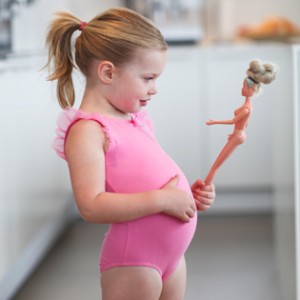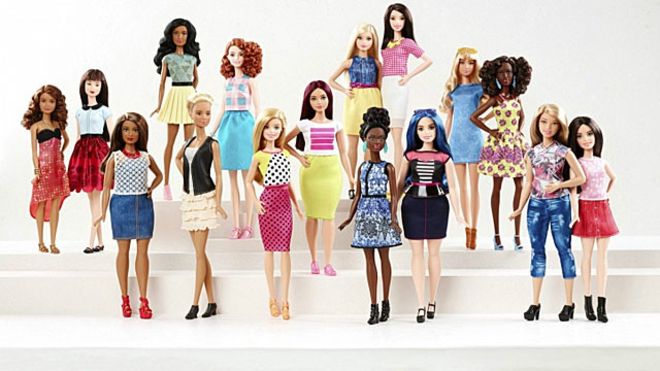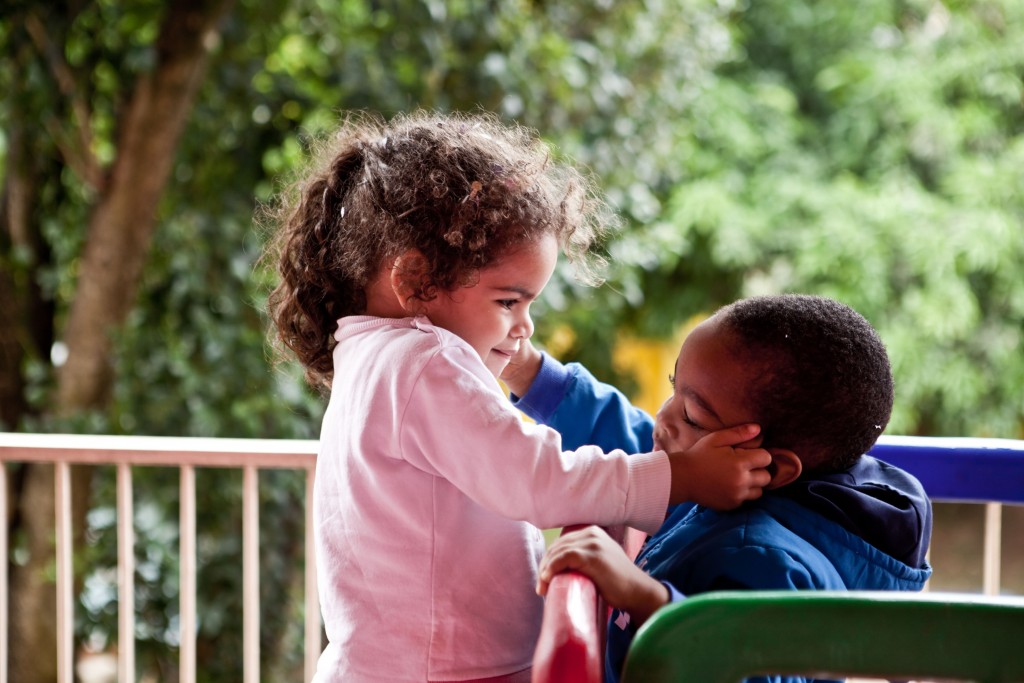Ask children between 10 and 12 years of age to look at themselves in the mirror and identify among their physical characteristics, those they like the most. The activity, which appears simple and is part of the Crescer com Valores (Growing Up with Values) project, has been showing an alarming reality: the lack of self-esteem in this age group, mainly among girls. In some cases, it is the educator who needs to point to a physical characteristic of the child to help her make a choice and continue the activity proposed by the “Consumer Society and the Exaggerated Worship of Beauty Standards” instructional unit.
Although it is not exclusively women who have an exaggerated concern with physical appearance, it is girls that feel more intensely the effects of rigid standards of beauty imposed by society. For psychologist, psychoanalyst and master teacher of the Criança é Vida (Child is Life) Institute Elba Almeida, the consequences of such rigidity can be observed in girls eternally unsatisfied with their own physical appearance, with very low self-esteem and always seeking something unachievable. “We often see black children wanting to be white and blonde with blue eyes. Plumper and extremely healthy children, wanting to be thin like Barbie or Gisele Bündchen,” she says.

The identification of these girls with these beauty icons does not happen by accident. In addition to the fashion and social media dictatorship, the idea of being blonde, thin, having straight hair and blue eyes has been translated by the manufacturer of Barbie® as the model of beauty and perfection for almost sixty years.
This year, however, the company responsible for producing the doll announced novelties. By the end of 2016 it intends to launch a line of dolls with different physical types. Brown and black dolls, dolls with varied stature, curvy bodies and curly, red and even blue hair will be sharing store shelf space with the original version. The launch, according to the manufacturer, is intended to be a response to criticism suffered in relation to the standard of beauty suggested by the doll.

For Elba, it is “extremely important that the doll known worldwide as Barbie open its horizons and embrace all types of beauty, in all its diversity.” According to her, the fact that Barbie® will be black, short, chubby, thin, blonde, brown, redhead or oriental shows us how society is crying out for changes and for acceptance of what is different.
But the company’s strategy is also dividing opinion. In her column in the El País newspaper, under the title “Who needs Barbie to have the body it has?,” writer Eliane Brum strongly criticizes the consumer lifestyle encouraged by the doll/character and sketches a detailed history of the creation of the toy, which according to her is “far from innocent.”
In addition to being on the shelves, Barbie is also on TV. She is the star of cartoons that, at least so far, are far from showing the same concern with diversity that the new line of dolls intends to transmit. In one of the episodes of the series, Barbie® and a brown rival enter the sea. When they come out of the water, Barbie® shakes her still wet hair that, as if by magic, automatically returns to its previous form: combed, blond and straight. The effect on the brown-skinned girl is different. Her hair, which appeared straight and long when dry, curls up and becomes frizzy after getting wet. This new look, a black power hairstyle, embarrasses her and is called “strange” by her friends, including boys. A sad reinforcement of the motto established by the brand almost six decades ago and that appears to be: differences exist, but there is only one beauty, the rest is strange. Until when?.

To try to change this situation, the path is perhaps not through TV and even less through expensive and famous dolls, but within the reach of all of us. According to psychologist Elba, the personality and self-esteem of children are built primarily by their main references, their parents. The big problem is when parents are also immersed in these standards and end up placing all these demands on their children. Then, “it is important that we show children that there is no right or wrong when it comes to beauty. What is beautiful to me, might not be for you,” says the professional.